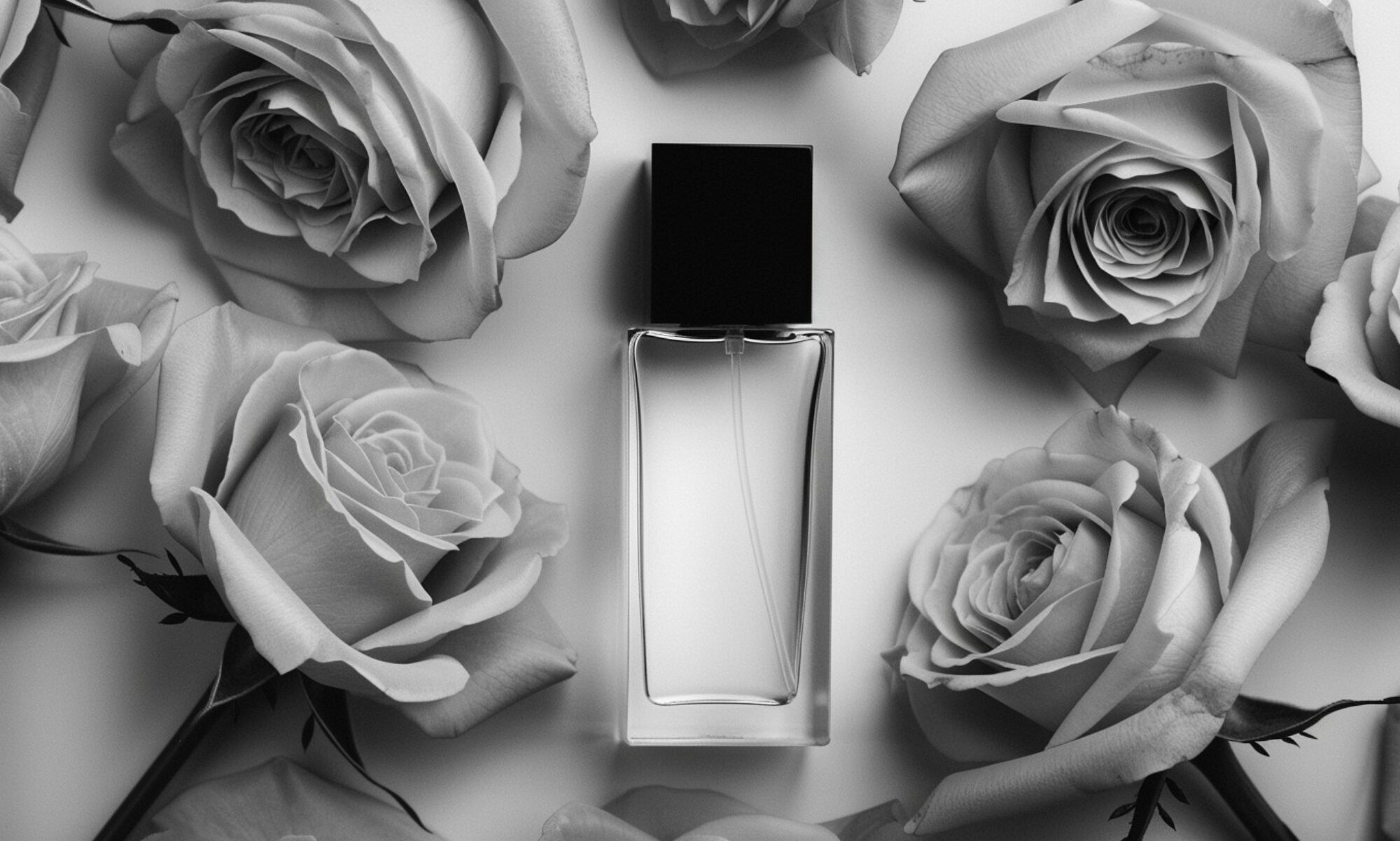
This one’s an exciting little mystery—like you’ve just stumbled on a secret no one else knows about, and you feel very in-the-know. Let me tell you why.
First off, this is not your average safe, blind-buy, crowd-pleaser. Nope. This is a complex, grown-up kind of fragrance. It reminds me of my mum, who swears by classic chypre-floral perfumes—the kind of woman who has a signature scent, a strong opinion on handbag quality, and a fabulous coat collection to match.
Knowing is sophistication and
Crafted by Harry Fremont (yep, the same nose behind CK One—wild, I know), this is a deep, woody-floral experience where every note feels intentional. It’s not florals fighting florals—it’s florals conspiring with florals, scheming in harmony.
Now for the notes, and fair warning—there are a lot:
• Top notes: Aldehydes, mimosa, rose, coriander, green notes, tuberose, plum, and melon—an opening that feels bright, textured, and a little mysterious, like you’re being pulled into something intriguing.
• Middle notes: Patchouli, cardamom, orris root, cedar, bay leaf, jasmine, orange blossom, lily-of-the-valley, and pittosporum. It’s vintage elegance with a spicy, green twist—think velvet, but with an edge.
• Base notes: Oakmoss, patchouli (again!), civet, vetiver, spices, sandalwood, orris root (again!), amber, and musk. This is where the magic happens.
The dry-down is the star of the show. Imagine wandering into an enchanted forest—you’re not sure why you’re there, but with each passing minute, it starts to make sense. It’s earthy, a little moody and vintage, and entirely captivating. You don’t want to leave.
Packaging? Well… the black lid throws me off—it feels disconnected from the rest. The liquefied plastic-looking base is oddly cool, but that gold band in the middle? Unclear vibes. Stylish chaos. Somehow it all works? Kind of?
At the end of the day, Knowing is alluring, mysterious, unapologetic. It doesn’t try to please—it just exists confidently in its own world.
A bold 4.5/5, especially if you love a scent with real presence, personality, and a whisper of drama.


